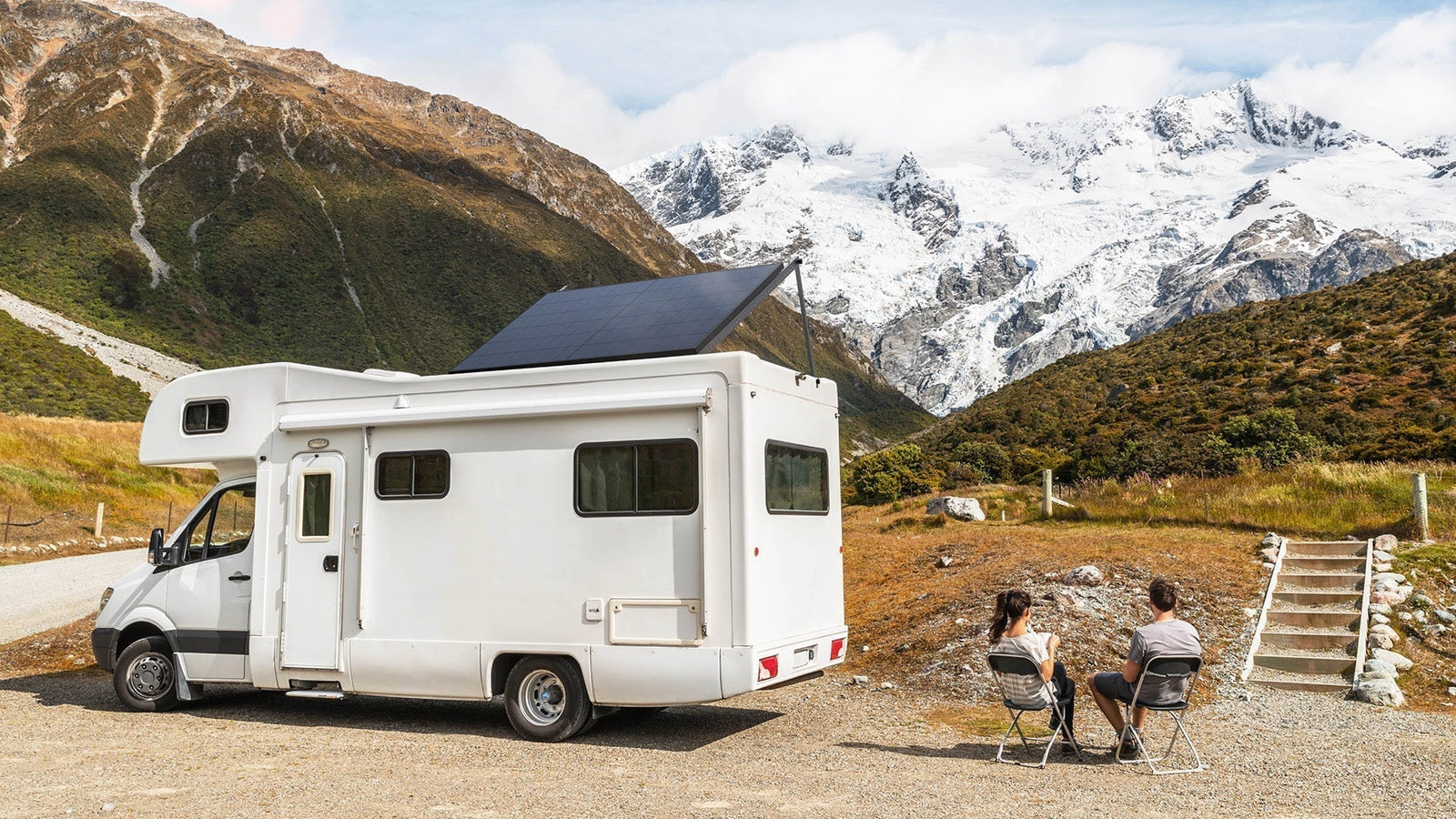In a survival or emergency scenario, energy can quickly shift from a modern convenience to a vital necessity. Pillar 10 of preparedness—Energy and Power—ensures you can maintain light, communication, navigation, and even warmth when traditional infrastructure fails. Whether you're navigating a blackout, living off-grid, or responding to a natural disaster, your ability to harness power determines how well you can function and adapt.
Why Energy Matters in a Survival Situation
Electricity powers more than just gadgets—it supports medical devices, cooking equipment, security systems, and vital communication tools. In a grid-down event, energy becomes a limited resource that can drastically impact your ability to respond and recover.
Core Categories of Emergency Power Solutions
- Solar Chargers: Portable solar panels allow you to harness the sun’s energy to recharge devices. Ideal for phones, radios, GPS units, and rechargeable batteries.
- Battery Packs: High-capacity power banks store energy and keep devices running for hours or days. Choose models with multiple ports and rugged construction.
- Rechargeable Batteries: A sustainable alternative to disposables. Use AA or AAA lithium-ion or NiMH batteries with solar recharging setups for long-term preparedness.
- Generators: Gasoline, propane, or dual-fuel generators can power refrigerators, medical gear, and home systems. Portable inverter models offer clean power for sensitive electronics.
- Hand-Crank Chargers: Perfect for backup power in low-light or no-fuel scenarios. Often integrated into emergency radios or flashlights.
- Lighting Systems: Rechargeable lanterns, headlamps, and LED lights ensure visibility and safety at night. Look for models with solar or crank charging options.
- Alternative Energy Sources: Wind turbines, thermo-electric generators (TEGs), and even pedal-powered units can offer additional resilience when solar isn’t an option.
Use Cases for Emergency Energy
- Communication: Power radios, phones, or satellite devices to stay informed and reach help.
- Navigation: Keep GPS units or digital maps operational for route planning or escape.
- Lighting: Illuminate your shelter or work area safely after dark.
- Medical Equipment: Run CPAP machines, oxygen concentrators, or refrigeration for medications.
- Security Systems: Maintain surveillance cameras, alarms, or motion detectors.
What to Consider When Choosing Backup Power Solutions
- Energy Needs: List the devices you must power and calculate their energy consumption (watts/amps).
- Portability: Backpacking? Choose lightweight solar and power banks. Bugging in? Opt for larger solar setups or generators.
- Recharge Options: Prefer systems that can be recharged via multiple methods (solar, wall outlet, vehicle, etc.).
- Durability: Select rugged, water-resistant models for outdoor and field use.
Recommended Energy Gear from Mountain Ready
- Portable Solar Panels – Compact, foldable designs for off-grid power anywhere.
- High-Capacity Power Banks – Reliable backup for phones, radios, and small electronics.
- Rechargeable Batteries – Long-lasting and sustainable power sources.
- Crank-Powered Radios – Stay connected when batteries run out.
- Rechargeable Emergency Lights – Illumination that won’t fail when the power does.
How to Build a Redundant Energy Plan
Layered redundancy is key. Start with portable power banks and solar chargers for daily essentials. Add rechargeable batteries and LED lighting for medium-term scenarios. For long-term grid-down events, invest in generators and larger off-grid power systems. Diversify your recharging methods so you’re never dependent on a single energy source.
Conclusion
Energy is a modern survival necessity. Whether you’re charging comms equipment, lighting a shelter, or powering life-saving devices, a well-thought-out energy plan ensures you’re never caught in the dark—literally or figuratively.


